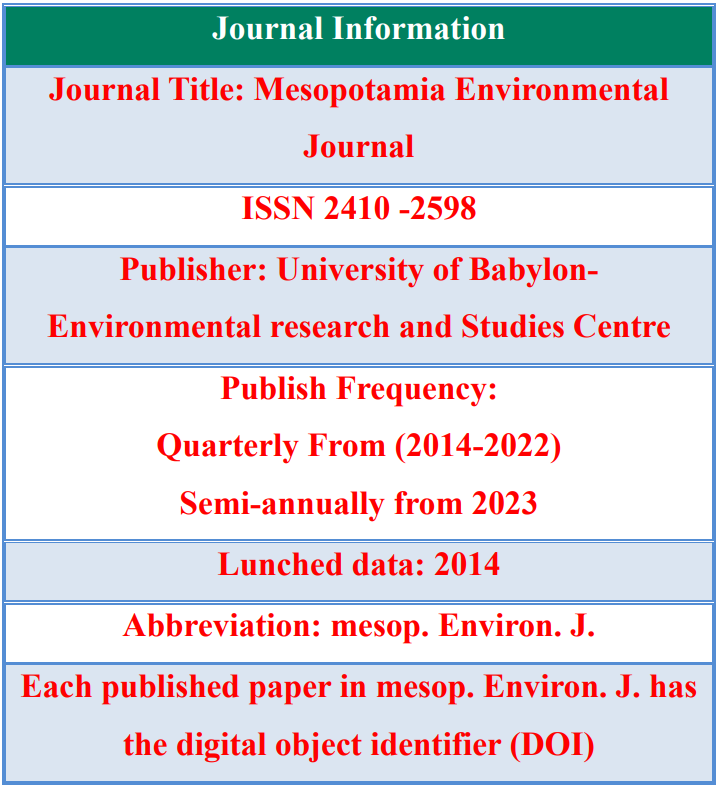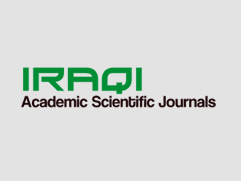Environmental and habitats diversity in Iraq, Part 1: Central region
Keywords:
Habitat; Environment; Ecoregions; Central; Iraq.Abstract
The area of Iraq is about 437.065 km2, its territory encompasses the Mesopotamian alluvial plain, the northwestern end of the Zagros mountain range, and the eastern part of the Syrian desert, includes nine to eleven main terrestrial ecoregions, some of which can be classified as key ecoregions that covers larger areas of the country. Presence of these ecoregions resulted in a considerable environmental and habitat diversity. The present study includes 23 locations throughout 5 central governorates in Iraq: Babylon, Holy Karbala, Al-Najaf alashraf, Qadisiya, Wasit, these locations extended between the geographical coordinates 30º 48ʹ 19.36ʺ -32º 41ʹ N and 43º 29ʹ 25.89ʺ -45º 37ʹ 38ʺ E, with the altitude (minimum: 10; maximum: 344 and mean: 50.25± 73.062 m) above sea level. The study was carried out from 20th Sep.2013 to 3rd Nov. 2015.
Downloads
Published
How to Cite
Issue
Section
License

This work is licensed under a Creative Commons Attribution-NonCommercial 4.0 International License.



